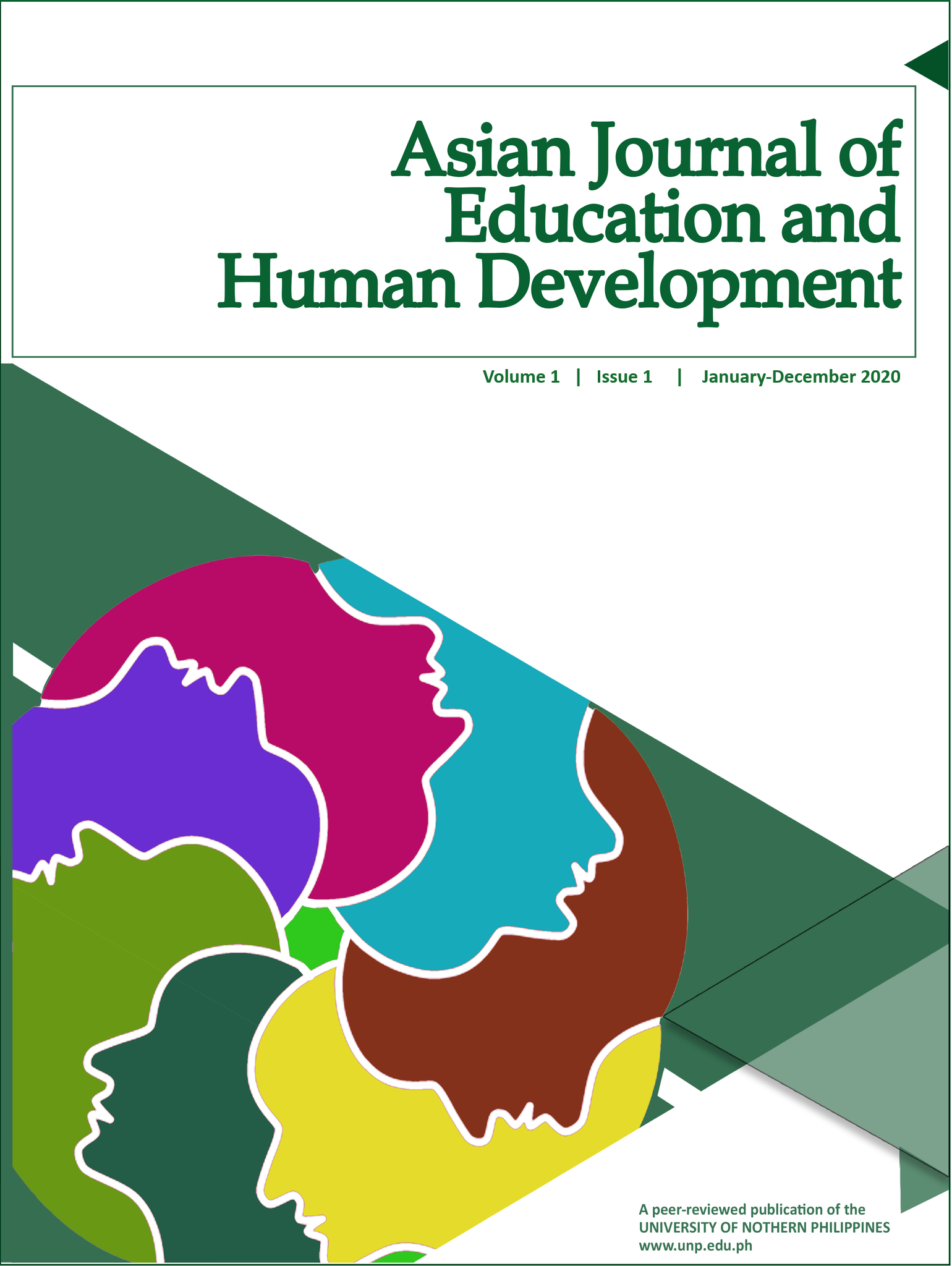Use of Linguistic Fillers: University Teachers' Experience
DOI:
https://doi.org/10.69566/ajehd.v1i1.6Keywords:
Linguistic fillers, disfluencies, English languageAbstract
Proficiency in the English Language enables us to communicate effectively in the workplace; however, disfluencies and linguistic fillers are inevitable. Linguistic fillers are words or phrases uttered to fill in gaps during a conversation. Utilizing a descriptive-qualitative research design, the study identified and analyzed the linguistic fillers used by 18 university teachers who handle General Education courses with English as a medium of instruction. It specifically determined the types of linguistic fillers used by the college teachers and their reasons for using these. The researcher gathered data through classroom interaction recordings, survey questionnaires, and in-depth interviews (IDI), which were analysed using Kolars' (2010) and Cappelli's (2009) typology of linguistic fillers and employing ranks, frequency counts, percentages, and weighted means. Findings showed that college teachers use discourse markers (DM), filled pauses, explicit editing terms, and asides/parentheticals. The most frequently used DMs are okay, so, and now; filled pauses are ahh, uhh, and ohh; explicit editing terms are: or, I am sorry, and rather. Further, the college teachers strongly agree that they use fillers to emphasize a point and indicate the beginning of a new topic. They agree that they use fillers to give a response, to express their ideas more comfortably, and to show they are listening.
Downloads
Downloads
Published
Issue
Section
License
Copyright (c) 2022 Asian Journal of Education and Human Development

This work is licensed under a Creative Commons Attribution-NonCommercial-ShareAlike 4.0 International License.





